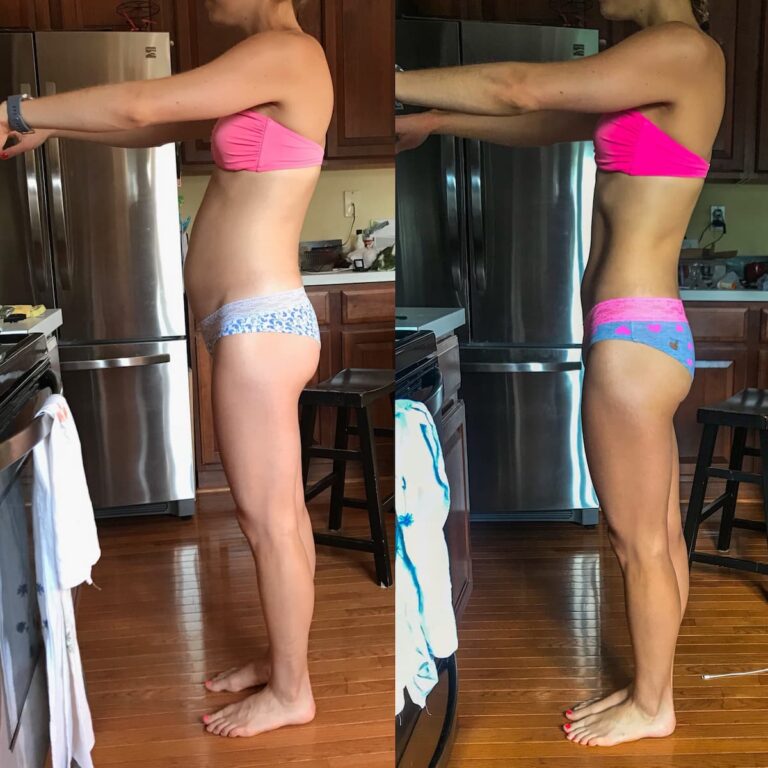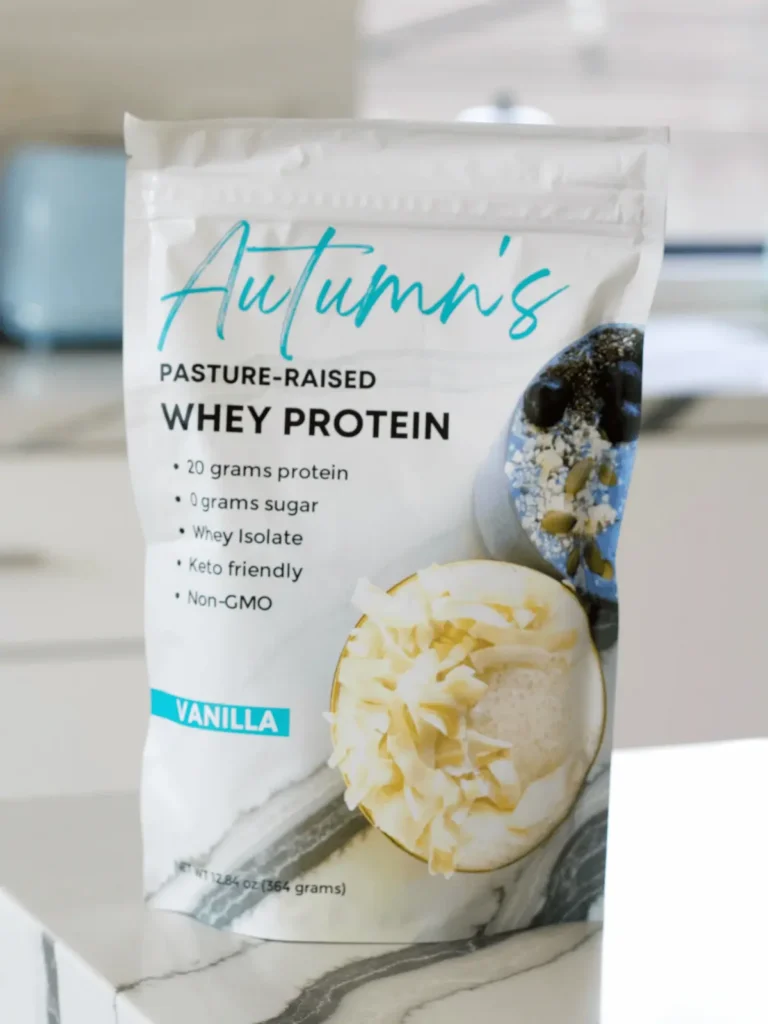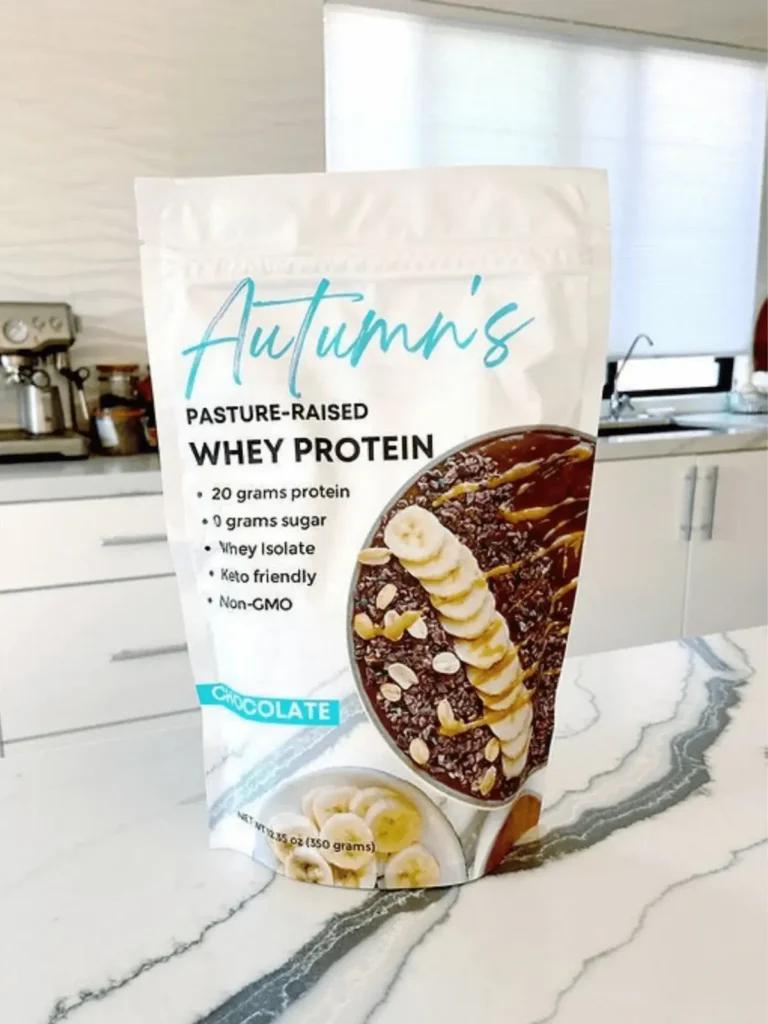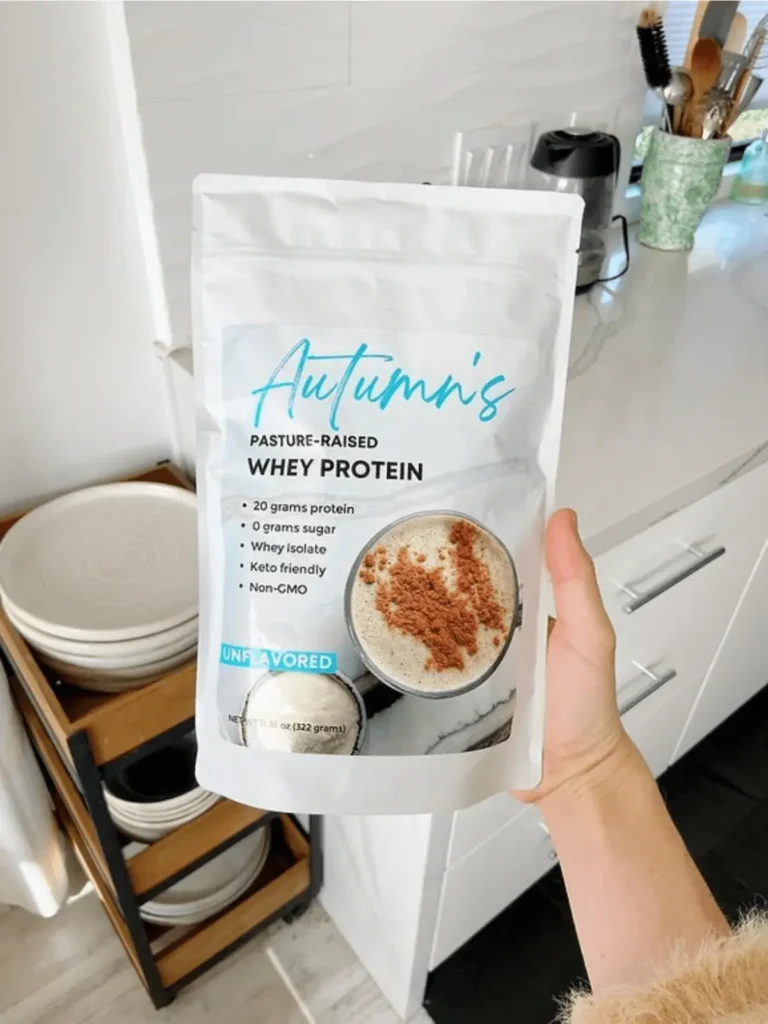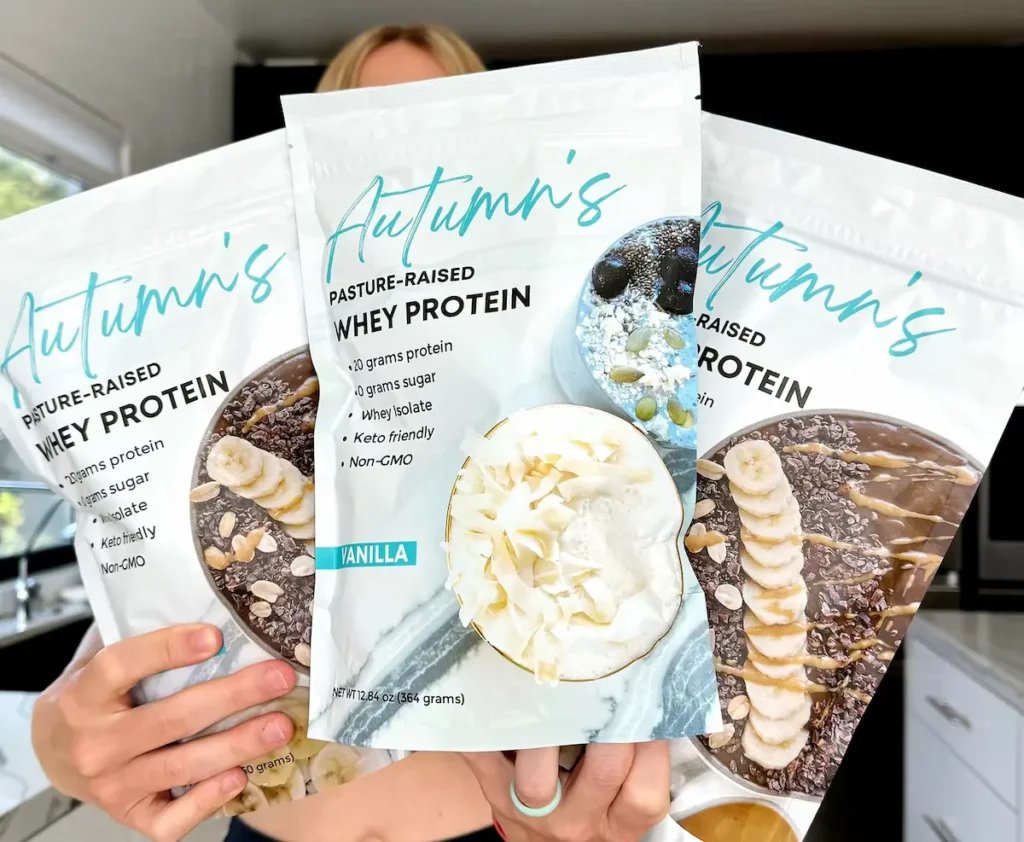These tips help you lose weight and see results faster with Intermittent Fasting. Simple changes to your schedule and meals.
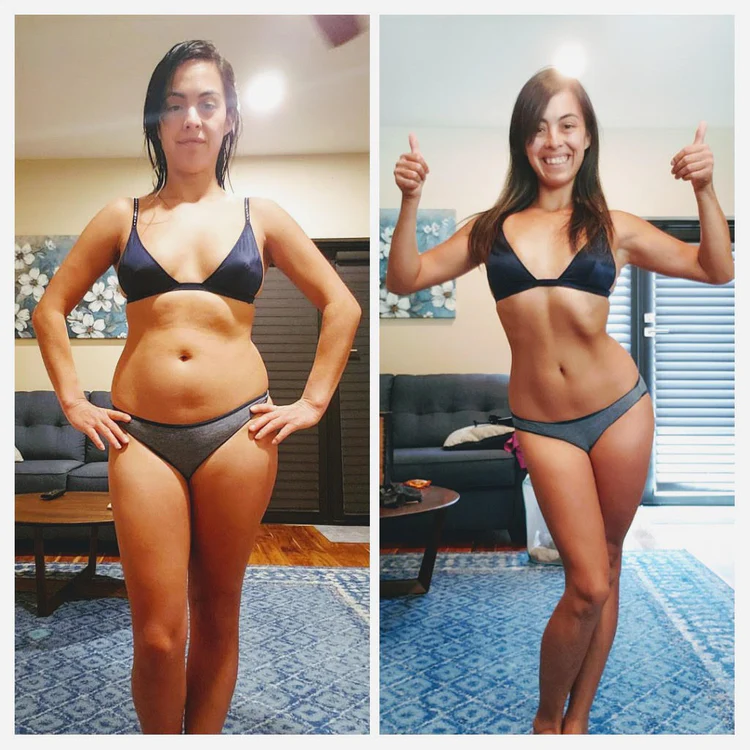
1. Pick The Right Fasting Length For You
Should you start slow with 12 hours? Or jump straight into a 16 or 18 hour daily fast? It all depends on where you’re starting on your wellness journey and what your goals are. Take my free Intermittent Fasting Schedule quiz below to help you determine what fasting length will be right for you.
Related: FREE Intermittent Fasting Schedule QUIZ!
2. Don’t Fast Too Long
This was one of the first mistakes I ever made with Intermittent Fasting years ago. Fasting too long can lead to a decrease in metabolism and make your IF schedule unsustainable. Check out the 9 other things I wish I knew before I started Intermittent Fasting with the video below.
3. Don’t JUST Skip Breakfast
There’s a common misconception that Intermittent Fasting is simply a matter of skipping breakfast. Not only is this not true, but this unfortunate myth can also work against your weight loss goals.
4. Know What Breaks a Fast
Depending on the type of fasting that you’re using, some foods/drinks/supplements will be off limits during your fast while others will be totally fine.
Related: What Breaks a Fast? [Complete List]

5. Know The Different Types of Fasts
The two main options include fasting mimicking and a “true” fast. Both have their perks and different weight loss and wellness benefits.
Related: Fasting Mimicking vs. True Fast [How to Know The Difference]
6. Start Slow With Exercise
Exercise can help to ramp up the fat burning perks of Intermittent Fasting, however it can take anywhere between 3-14 days to get adapted to fasted exercise. This is why the Complete Intermittent Fasting Bundle focuses on walking and lower intensity exercises when you’re brand new to Intermittent Fasting to help you ease into the process.
7. Drink Enough Water
While fasting, our storing hormone insulin dips down. This is great for a weight loss goal because it turns on a state of fat burning. However, it can also cause a large release of water and sodium from the body. To prevent dehydration, drinking at least half your body weight in ounces is crucial. In order to prevent an electrolyte imbalance with Intermittent Fasting, taking in high quality sea salt or electrolyte replacement with your water is also essential. You can dive further into the electrolyte specifics in the Complete Intermittent Fasting Bundle.
8. Have Your Window Timing Fit Your Life
Once you’ve picked your fasting length, you need to also make sure that your fasting window fits your life. For example, if you typically eat dinner by 7, you need to fit your fasting and eating window around your schedule to make it a realistic, long term fit.
9. Prioritize Your Sleep
Particularly if your goal with Intermittent Fasting is weight loss and gut health, prioritizing high quality deep sleep is one essential key to your success. Poor quality sleep increases the hunger hormone ghrelin the next day, which will make it more difficult to maintain your fasting window in the morning. So don’t forget to get those zzz’s!
10. Don’t Fear Fasted Exercise
Once you’re fat adapted after those first few days or weeks of Intermittent Fasting (and if you’re breaking your fast properly, as discussed in the Complete Intermittent Fasting Bundle), you can take your goals to the next level with resistance training while fasted. Just like Kristen (pictured above) did when she paired the Intermittent Fasting principles and meals with the workouts included in the Complete Intermittent Fasting Bundle.
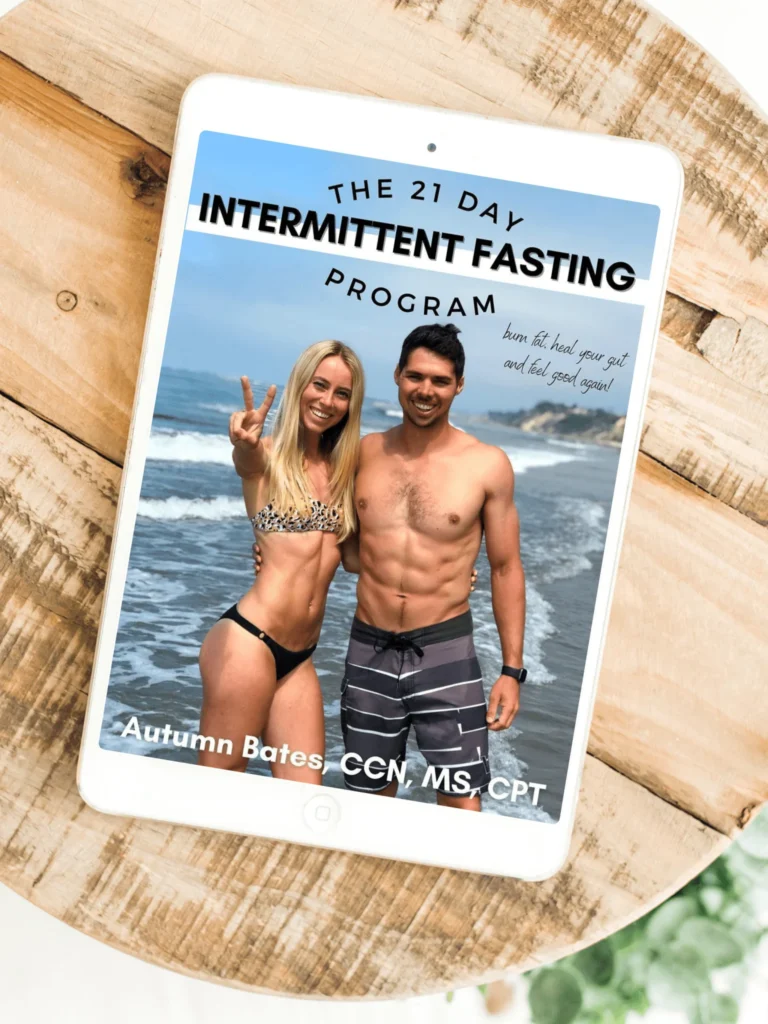
Tap into fat burning
The 21 Day Intermittent Fasting Program
The 21 Day Intermittent Fasting Program provides step-by-step strategies to help you use Intermittent Fasting with delicious, protein-packed meals to support fat loss, reduce hunger, and boost gut health.


